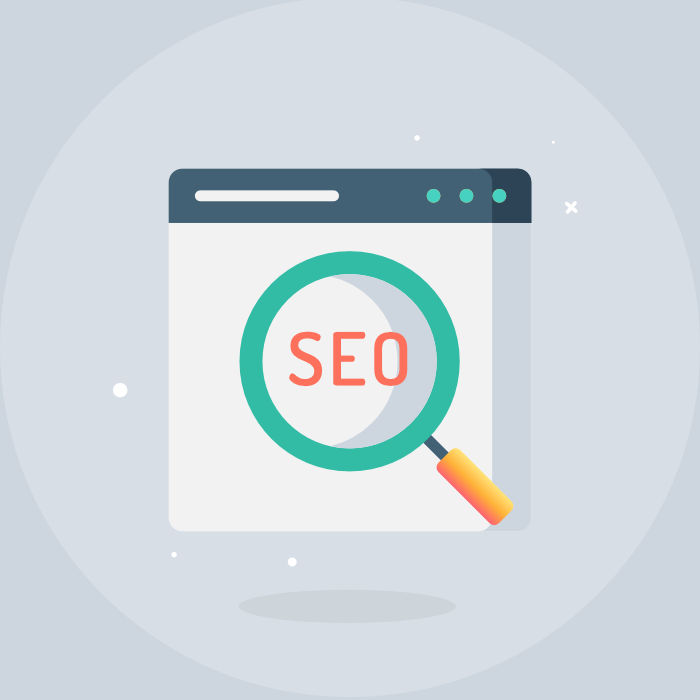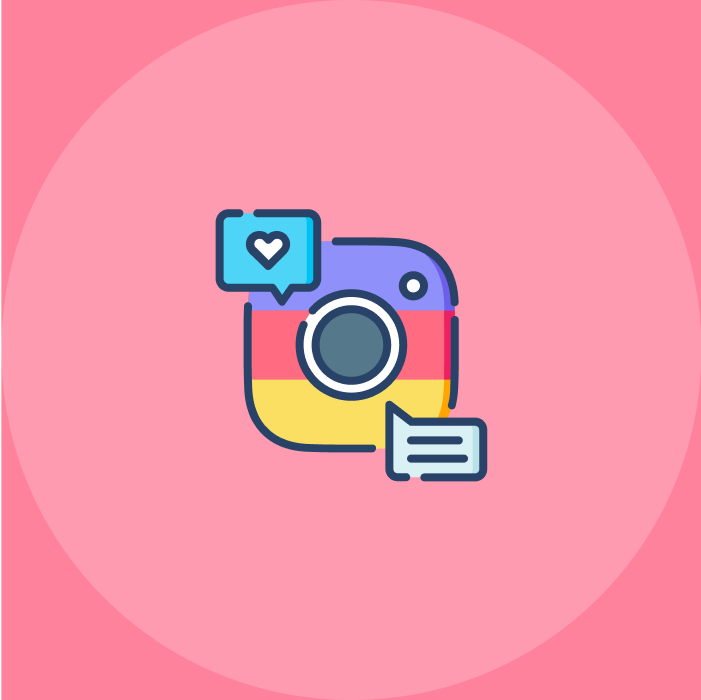Content is a valuable tool to drive buzz and awareness around your new product launch. Here are five types to create as you prepare for release day.
Content is one of
Consider how the following ideas can provide value during your product launch. Build them into your promotional plan and execute to drive buzz before the big day.
1. Educational Email Content
Email is one of the most important mediums for a new product launch.
The key, however, is not just sending sales emails, but providing value with this content. Selz continues, “When your customers are used to receiving valuable content from you, an email about your latest release is more likely to be effective and result in sales. So invest in making consistent contact with your subscribers and providing value, building towards a big release.”
If you’re not sure where to start, Selz provides a great example. If you’re planning to sell a program or guide on how to write and sell your first ebook, you’d want to send emails about:
- How to come up with your eBook title
- How to organize your eBook before you begin writing
- How to stay productive while you’re working on it
Each one of these pieces can be a mini-guide for your subscribers. Take it one step further and write each of these as a blog post. Tease them in your emails by including just the introduction and encouraging readers to click through to your site. This ensures that they’ll engage with your content and potentially even share with their audience as well.
2. Blog Posts
Blog posts are valuable content pieces for your product launch for a few reasons. If you already get a lot of traffic to your blog, you can be sure the new product is seen ahead of and during the launch. If you drive a lot of conversions from the blog, you may have better luck selling from this content medium than email or social media.
Blog posts also allow you to continue providing value. For example, instead of writing a blog post specifically about the new product, weave it naturally into a value-add blog post. A natural cleaning products company might write a blog post about how to choose high-quality cleaners, and insert a call to action to check out their new product. When it comes time to buy a natural cleaning product, readers may think of this particular brand because they were helpful without directly asking for a sale.
Finally, blog posts provide SEO value if you’re writing based on the keywords that your audience are using to search. Keeping with the example above, a keyword, or, in this case, more of a key phrase, might be: “how to choose all-natural cleaners.” When used properly, this process allows you to rank in search for that term, so your ideal customer can find you.
If you’re not sure how to find keywords or use them in your content, download this free Keyword Research Guide to get started.
3. Video Content
Video content is quickly becoming preferred among consumers, according to 2017 data from Wyzowl:
- 79 percent of consumers would prefer to learn about a product via video than text.
- 84 percent of consumers have made a purchase after watching a brand or product video.
The good news is, video content doesn’t need to be expensive to produce. With so many free tools available, you can start with very little knowledge and resources, and still create product and brand videos that drive sales and awareness. Here are a few ideas to get started with videos for your next big launch:
- Start with Instagram Stories or Facebook Live. These formats are already casual in nature, and allow you to show an authentic side of your brand. You can use these mediums to drive buzz around the product, leading up to launch. Share behind the scenes videos, insider information
and important dates to keep your social audience engaged.
- Record a product explainer video with your phone or computer, both of which likely have a high-quality camera. Edit with
a free software like iMovie, which allows you to add music, transitions, text and more. Upload this to YouTube or a launch landing page.
- Take a video of your director of product or CEO talking directly to the camera about the new product.
- Do an AMA (Ask Me Anything) on YouTube Live or another social platform. Source questions from your audience ahead of time and then answer questions in real time, as well, keeping your audience engaged and driving buzz around the launch. Here’s an example of how I did this with a client. We hosted a very simple AMA-style live stream YouTube Live. This particular video garnered 4K views, with only a couple hundred subscribers.
4. High-Quality Photos
One of the most important types of content for your product launch is photos. Not just any photos, but high-quality images. Shopify explains, “More than half of online shoppers think that product photos are more important than product information, reviews, and ratings. Your images are like windows into your store, and the more representative they are, the more buyers trust you and the momentum they build towards completing a purchase.”
Think about this way: your customer can’t try on the product or hold it in their hands—great photos allow them to replicate this experience online. When adding new photos, keep a few other details in mind:
- Consider adding website features like zoom and 360-viewing of the product to all images on your product pages. This encourages the potential customers to engage with your
product, and provides a better idea of what they can expect from the product.
- Don’t forget about SEO (search engine optimization). Your photos will rank in search, so be sure to include a keyword-rich description in the alt tag, title or meta description of the image. For example, when I search “pink sneakers” (see screenshot below), I get results from
wide range of sites, including Nordstrom, Poshmark, Targetand DSW. Each one of these results has the term “sneaker” or “pink sneaker” in one of those critical spots, ensuring their place in search.
- Focus on consistency between images. For example, on a product list page, you want the main product image to maintain consistent in look, feel and
style, while representing your brand accurately. Notice Alex and Ani’s simple look, with the charms for each bracelet laid flat, easy to see and read. This makes your product pages easier on the eye.
5. Testimonials
Testimonials from customers are critical for social proof, which refers to the influence of what others say or do and how that impacts consumers. Testimonials are the best social proof because someone new to your brand may identify with a past customer of yours based on a number of factors, from word choice to an image of the person.
If you don’t have any testimonials, there are a few ways to get them fast:
- Find social media reviews and posts. DM the user to see if you can use their feedback on your website or landing page, or simply reshare on your social media page.
- Send a brief survey, allowing for a few open-ended questions; this is where you’ll get your best testimonial content.
- Reach out personally to repeat customers or brand ambassadors.
Once you have your testimonials, you can turn them into social media graphics, add them to your new product landing page, and include them on your homepage as well. There are tools you can use to collect and aggregate customer reviews from your website or other ecommerce pages, making this process easier to manage in the long-term.
Content for Your Next Big Product Launch
Use the right types of content to drive buzz around your upcoming product launch, while providing value and engaging your audience. Take advantage of every content avenue that makes sense for your brand, from email marketing to social media videos. When launch day comes, you’ll not only have a lot of new content to repurpose and reuse in the future, but you’ll ideally drive more sales.
Subscribe to weekly updates
You’ll also receive some of our best posts today






